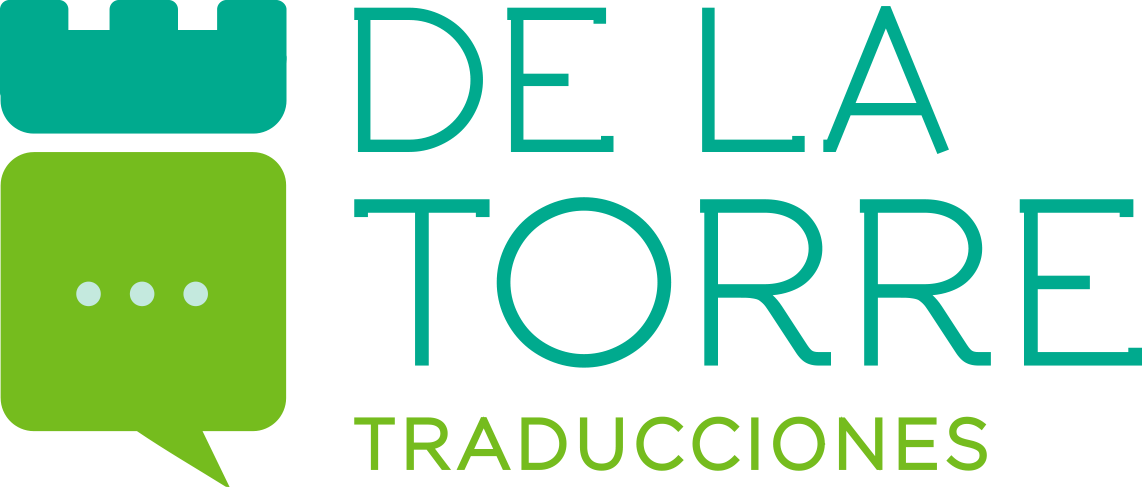Google Ads translation service
SERVICES > GOOGLE ADS TRANSLATION
What is Search Engine Advertising (SEA) and how does it work?
SEA stands for “Search Engine Advertising” and is a marketing activity that enables you to publish paid adverts that appear in the top Google results, just above and to the right of the organic or SEO ranking results. This digital marketing tool has the advantage of enabling you to set a budget and a publishing schedule so you can obtain results in a short space of time. Adverts published on Google Ads generate a high number of impressions and clicks, as well as driving more traffic to your company website. The ultimate goal is to convert as many customers as possible (i.e. for them to purchase the product or service advertised on the Google results page). However, the main disadvantage of relying solely on paid ads is that, without also focusing on SEO and content marketing, as soon as companies stop paying for the Google Ads service, their website will disappear from the top search results.
SEO stands for “search engine optimisation” and is the process that enables you to improve a website’s search engine ranking.
In conclusion, SEO is a medium- to long-term content strategy, while SEO is an advertising strategy that is usually limited to a fixed time period and has a shorter-term goal (Christmas campaigns, Black Friday offers, etc.). Both marketing options are recommended and complement each other, depending on each company’s needs.
For more information on SEO, read about our SEO translation services.
What is the difference between normal translation and Google Ads translation?
With straightforward translation, the aim is normally to create a text that is faithful to the original text, conveying the meaning of the message as naturally as possible. Translators must always consider the user of this content.
SEA translation adds a hint of creativity and difficulty to the equation, as it takes into account not just the end user’s experience but also search trends of internet users. “Discounts”, “sales”, and “special prices” are important keywords used in ad campaigns for Google. This means that, when translating an advert for a Google Ads campaign, we need to know how to strike a balance between using the artificial language preferred by the Google search engine and a more human language. If we want to get sales, we should dismiss the use of irrelevant search terms and complicated sentences. The most important thing is that the translated advert copy is direct, concise and invites the user to react in a certain way.
Translators can sometimes tend to be a little scared to move away from a text because they don’t want to alter its nuances or the original message. Yet, good SEA translation involves localising the message to the target market, choosing the right keywords and changing the structure if necessary. If the resulting advert doesn’t read like a translation, is easy to read and includes a call to action, the translation will have achieved its aim.
Important tips to translate Google Ads copy
With the above in mind, here is a series of points to bear in mind:
- Use of keywords: this type of content should include keywords that match the vocabulary used by internet users in their searches. There are tools such as Google Keyword Planner or Ubersuggest which allow you to analyse search trends.
- Character limits: without a doubt, limited space is one of the most difficult aspects of translating this type of advertising. It’s important to keep within the character limit and, in order to do this, include important information and keywords at the start of advert titles and descriptions. A longer title can sometimes work, but some users find it jarring to find phrases such as “Don’t miss the opportunity to travel to…” in their Google search results. If the user has to click to reveal the destination, they probably won’t bother. On the other hand, if the title says “Paris awaits you. Book your flight”, it is immediately clear to them what they will find if they click on this ad.
- Simple structure and clear language: most users glance at the list of Google results and read diagonally, without pausing for long. That’s why it’s important to write catchy titles and descriptions for each ad. Adding ad extensions with additional information is also a good way of standing out from your competitors.
- Accessibility: internet users with visual impairments use screen readers to read ad copy. You should therefore avoid using a convoluted or confusing writing style.
So, do you really need to translate your Google Ads campaigns?
Translating and adapting your Google Ads campaigns for your target audience is a competitive advantage, as your ads will be more visible and will better answer the search intent and needs of users in your target market. These are some elements you should translate:
- Translation of keywords according to search trends in each country
- Ad copywriting
- Optimisation of translated ad copy
- Translation of Google Ads titles and descriptions
- Translation of ad extensions and URLs


